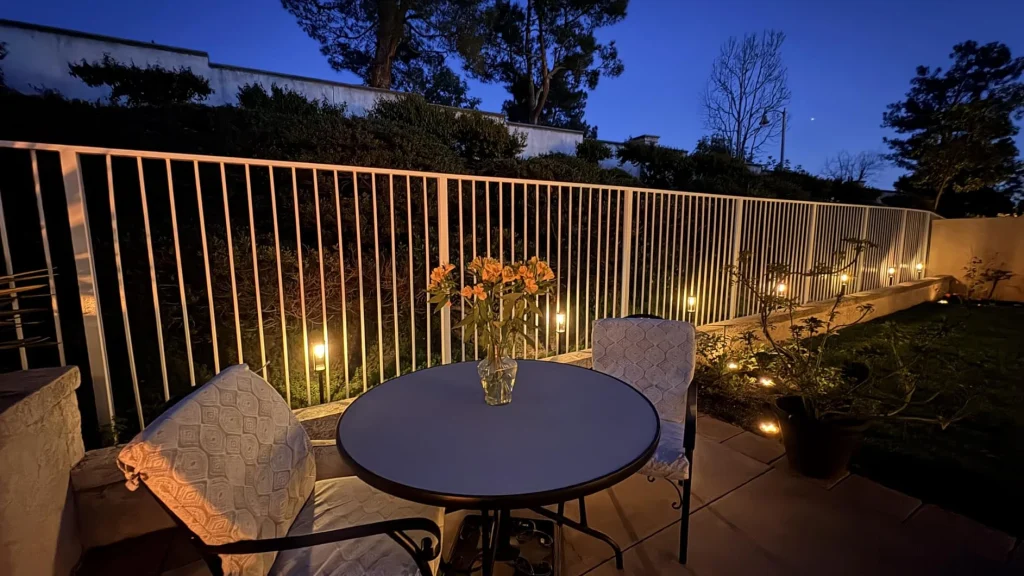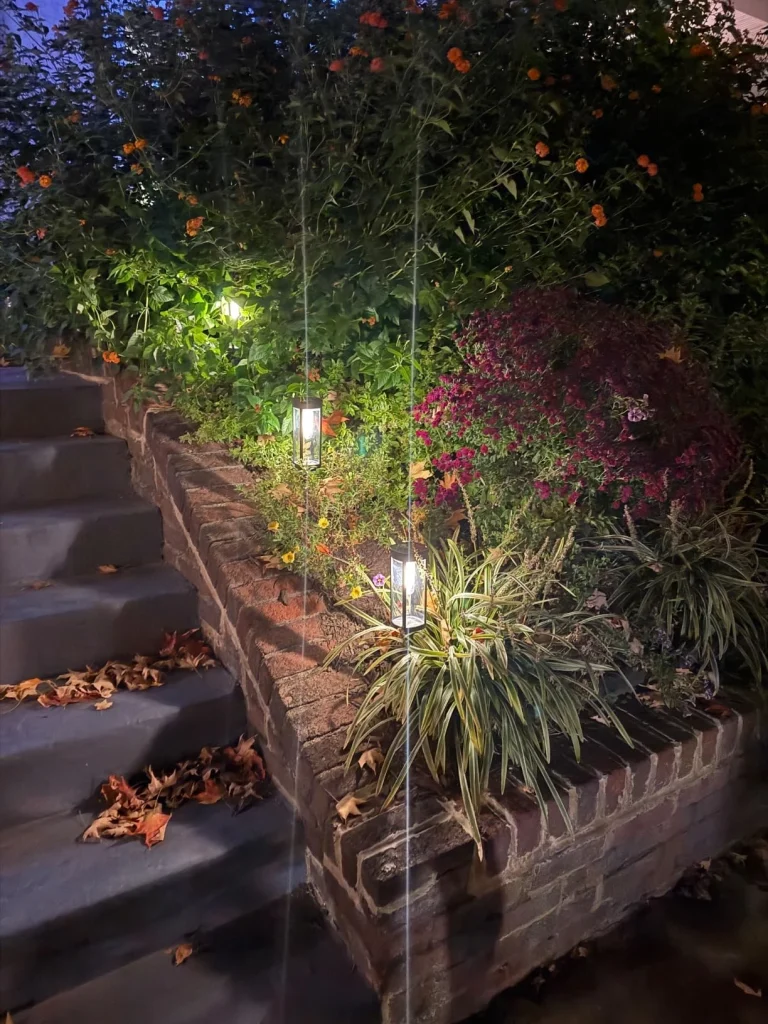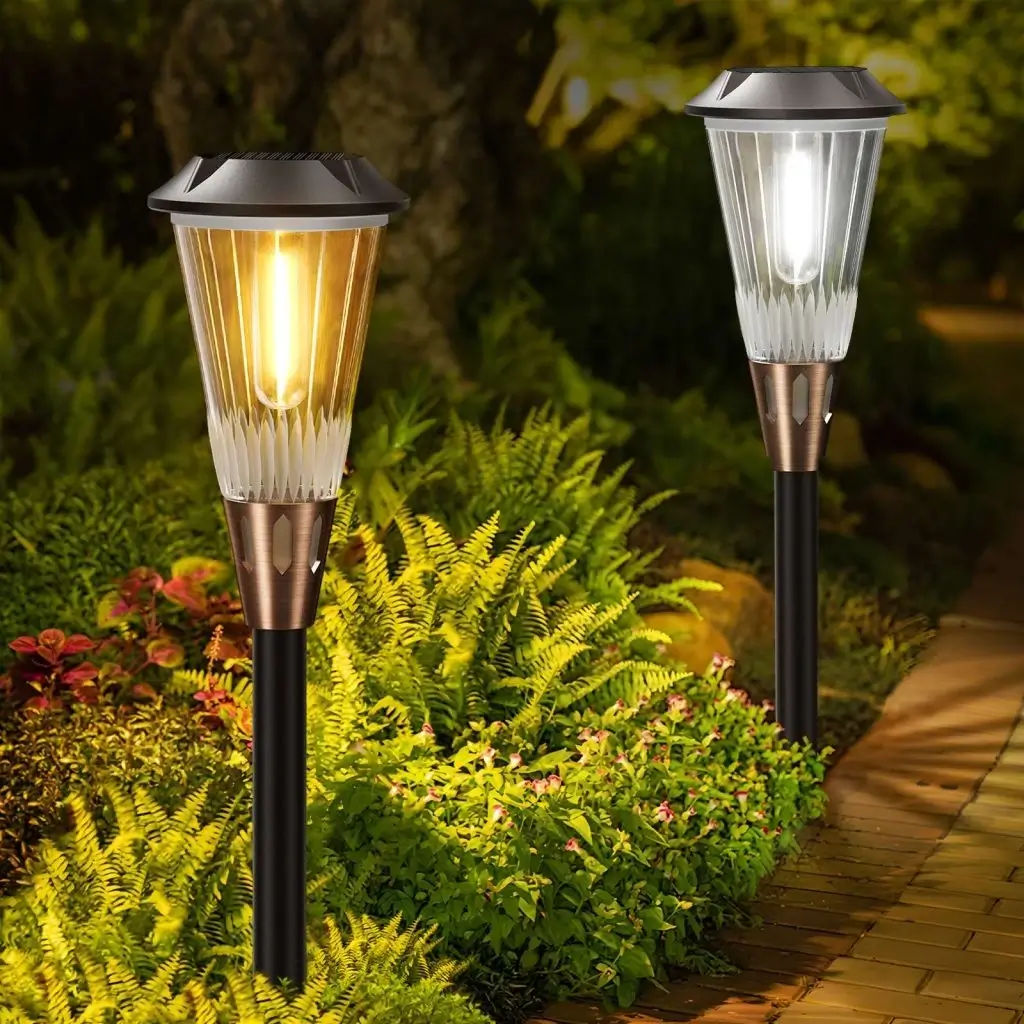Introduction
Rising energy costs and the maintenance burden of traditional lighting systems have pushed homeowners and small businesses to seek smarter, more affordable solutions. Solar Path Lights offer Cost-Effective Illumination, delivering bright, reliable lighting without the hefty expenses associated with conventional systems. By harnessing solar energy, these lights eliminate electricity bills, reduce installation costs, and minimize maintenance, making them an ideal choice for budget-conscious property owners looking to enhance outdoor spaces economically.

Core Economic Benefits of Solar Path Lights
Zero Wiring Installation
One of the standout advantages of Solar Path Lights is their Zero Wiring Installation. Unlike traditional lighting, which requires extensive wiring, trenching, and professional electricians, solar path lights are wireless and self-contained. Homeowners can simply stake lights into the ground or mount them on surfaces, saving on materials like cables and conduit, as well as labor costs, which can range from $500 to $2,000 for wired systems. This Zero Wiring Installation feature makes Solar Path Lights a cost-effective option, accessible to anyone with basic DIY skills.
Low Maintenance Cost
Solar Path Lights are designed for Low Maintenance Cost. Their LED bulbs, with lifespans of 50,000 hours or more, far outlast traditional incandescent bulbs, which may need replacement every 1-2 years at $5-$20 per bulb. Additionally, the solar panels require minimal upkeep, typically just occasional cleaning. In contrast, traditional lighting systems often incur costs for wiring repairs, transformer maintenance, or professional servicing, which can add hundreds of dollars annually. The Low Maintenance Cost of Solar Path Lights ensures long-term savings.
Long-Term Energy Savings
The most significant economic benefit of Solar Path Lights is their Long-Term Energy Savings. By relying on solar energy, these lights eliminate electricity costs entirely. For example, a traditional outdoor lighting system with ten 60-watt bulbs, operating 6 hours nightly at $0.15 per kWh, costs approximately $197 per year. In contrast, Solar Path Lights cost $0 to operate. Over five years, this translates to nearly $1,000 in savings per household, depending on local electricity rates, making them a cornerstone of Cost-Effective Illumination.
Return on Investment (ROI) for Homeowners and Small Businesses
For ROI for Homeowners, the initial investment in Solar Path Lights typically ranges from $100 to $500 for a set of 10-20 lights, depending on quality and features. With no wiring or electricity costs, annual savings can reach $150-$300, leading to a payback period of 1-3 years. For ROI for Small Businesses, such as cafes or retail shops, the investment might be $500-$1,500 for larger setups, but savings from reduced energy and maintenance costs can yield a payback period of 2-4 years. Over 3-5 years, cumulative savings can exceed $1,500 for homeowners and $3,000 for businesses, demonstrating strong financial returns.
Leveraging Rebates and Incentives
Many governments and energy companies offer Rebates for Solar Path Lights and Incentives for Solar Lighting to encourage sustainable practices. For example, programs like the U.S. federal Investment Tax Credit (ITC) or state-specific rebates can offset 10-30% of installation costs. Homeowners and businesses can research available programs through resources like the Database of State Incentives for Renewables & Efficiency (DSIRE) or local utility websites. To apply, gather purchase receipts, product specifications, and proof of installation, then submit applications per program guidelines. These Incentives for Solar Lighting can significantly reduce upfront costs, enhancing the economic appeal of Solar Path Lights.
Real-World Application Cases and Economic Outcomes
Solar Path Lights Application Cases illustrate their economic benefits in action. A homeowner in Arizona installed 12 Solar Path Lights for $300 to illuminate a garden pathway. With no wiring costs and annual energy savings of $150, the system paid for itself in two years, with subsequent savings of $750 over five years. Similarly, a small coffee shop in Oregon invested $800 in Solar Path Lights for its outdoor seating area, saving $200 annually on electricity and maintenance. The investment was recouped in four years, with glowing customer feedback on the enhanced ambiance. These Solar Path Lights Application Cases highlight tangible savings and improved functionality.

Installation and Maintenance Optimization Tips
Installation Optimization
Effective Solar Path Lights Installation Optimization maximizes economic benefits. Choose locations with direct sunlight exposure, avoiding shaded areas under trees or buildings, to ensure optimal solar panel performance. For pathways, space lights 6-10 feet apart for even illumination. Installation involves simple steps: insert stakes into firm ground or mount fixtures securely, ensuring panels face south (in the Northern Hemisphere). Testing light alignment post-installation prevents repositioning costs. This Solar Path Lights Installation Optimization approach minimizes expenses while ensuring Cost-Effective Illumination.
Maintenance Optimization
Solar Path Lights Maintenance Optimization keeps costs low and performance high. Clean solar panels monthly with a damp cloth to remove dust or debris, ensuring efficient energy capture. Inspect batteries every 6-12 months, replacing them (typically $5-$15 each) if brightness diminishes. Check LED fixtures for weather-related wear, addressing issues promptly to avoid replacements. For common issues like dim lighting, verify panel cleanliness or battery charge. These Solar Path Lights Maintenance Optimization practices extend system lifespan, maintaining Low Maintenance Cost.
Conclusion
Solar Path Lights deliver Cost-Effective Illumination through Zero Wiring Installation, Low Maintenance Cost, and Long-Term Energy Savings. For homeowners and small businesses, the ROI for Homeowners and ROI for Small Businesses is compelling, with payback periods as short as 1-4 years and significant savings over time. Rebates for Solar Path Lights and Incentives for Solar Lighting further enhance affordability, while Solar Path Lights Application Cases demonstrate real-world success. By following Solar Path Lights Installation Optimization and Solar Path Lights Maintenance Optimization tips, users can maximize economic benefits. As energy costs rise, Solar Path Lights offer a sustainable, budget-friendly solution, paving the way for a brighter, more affordable future.


Leave a Reply